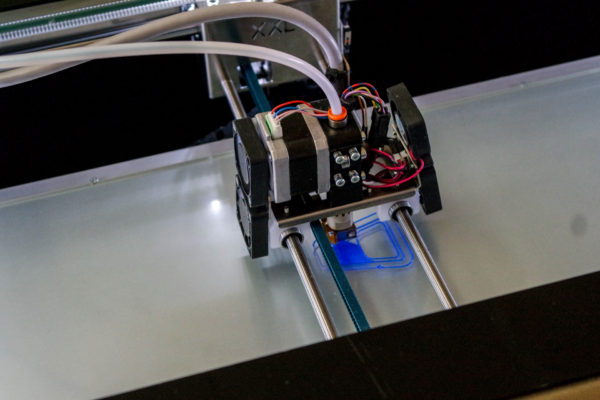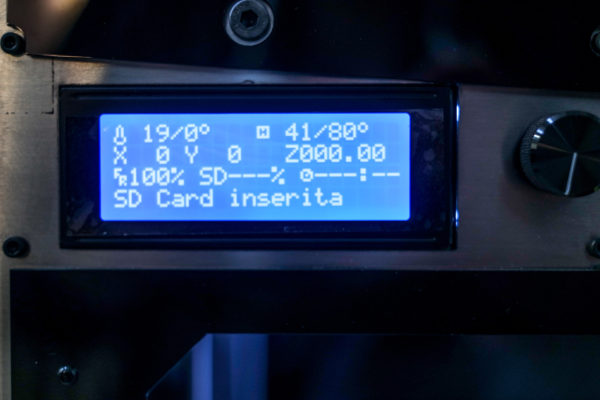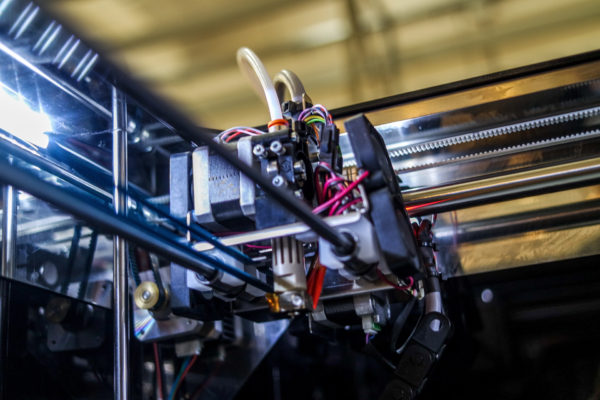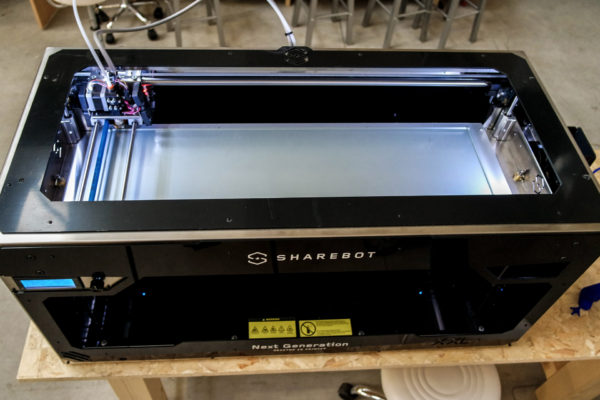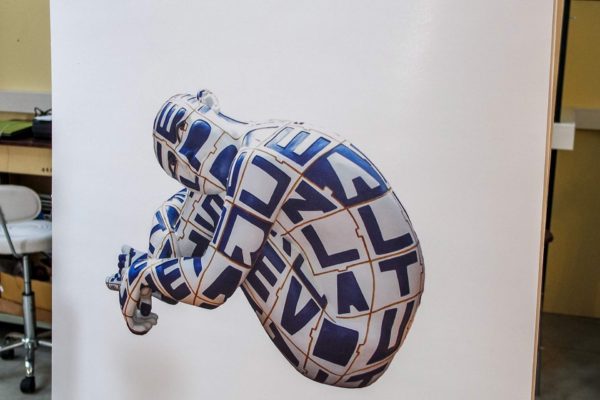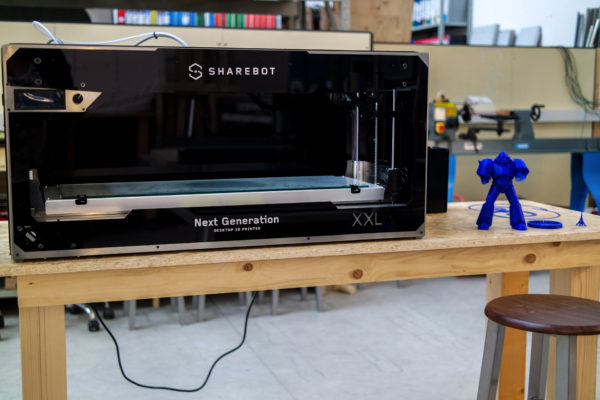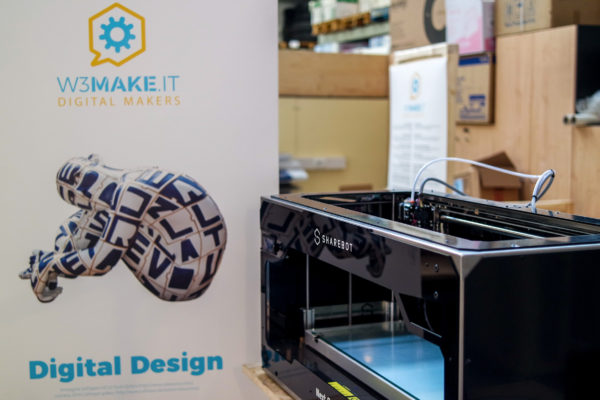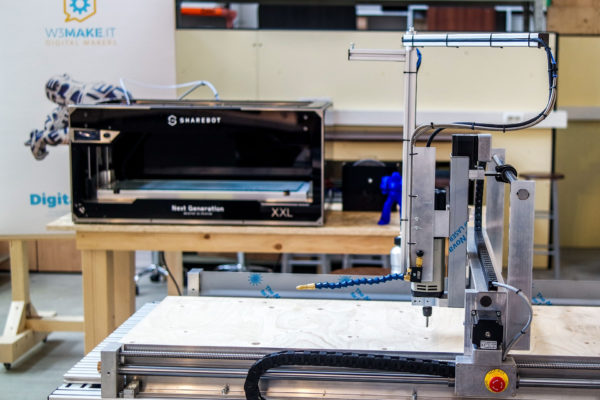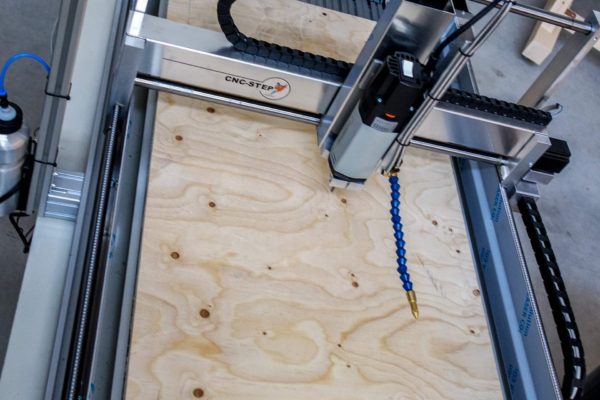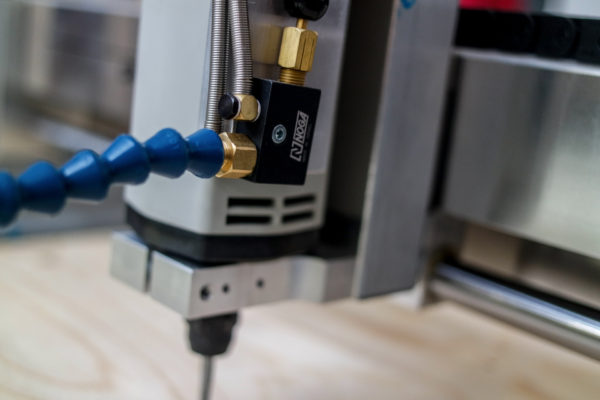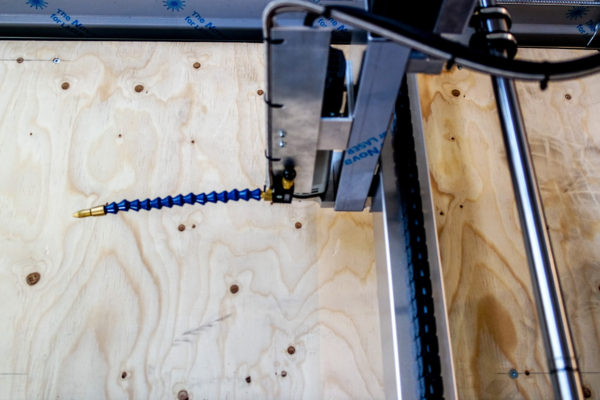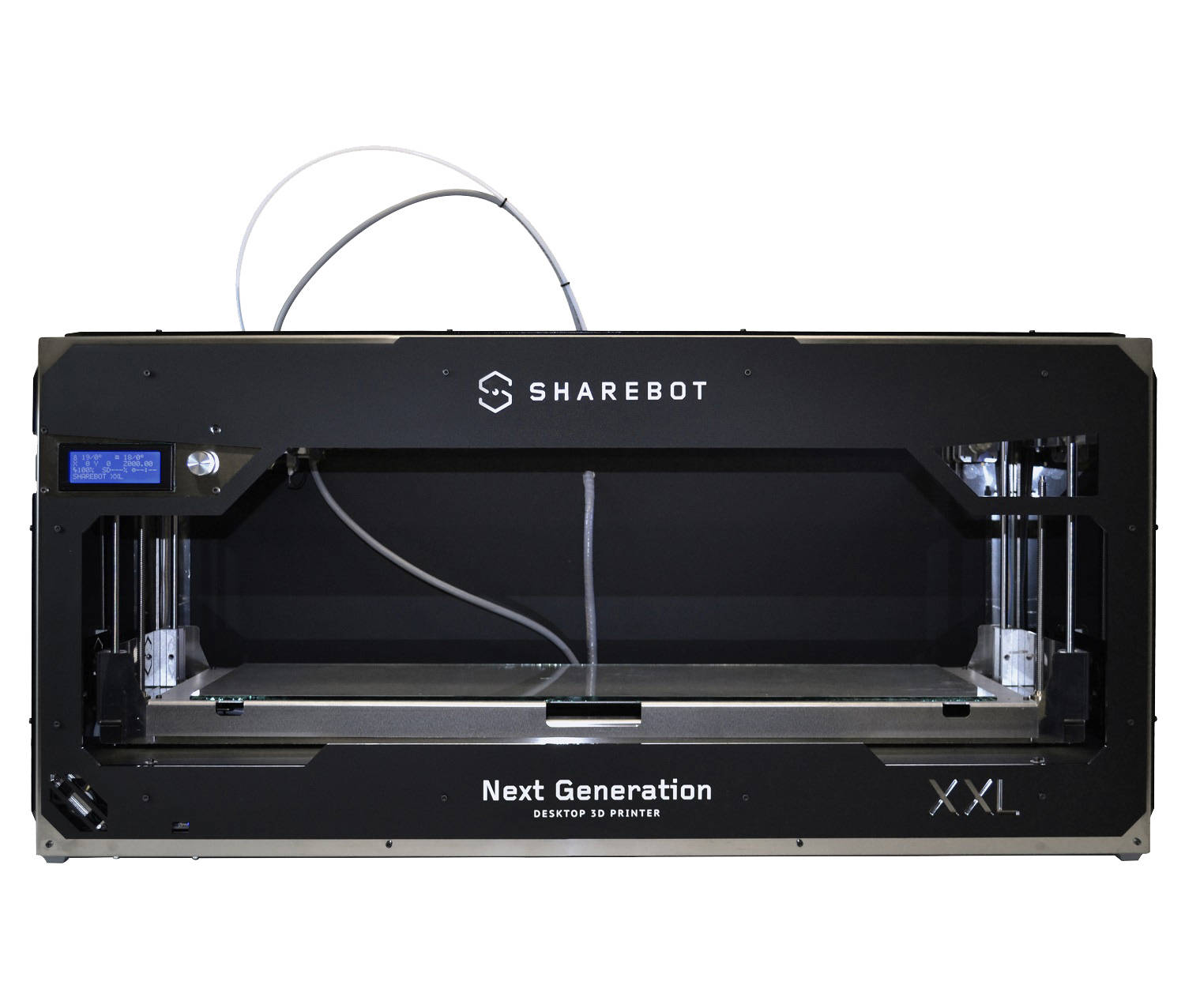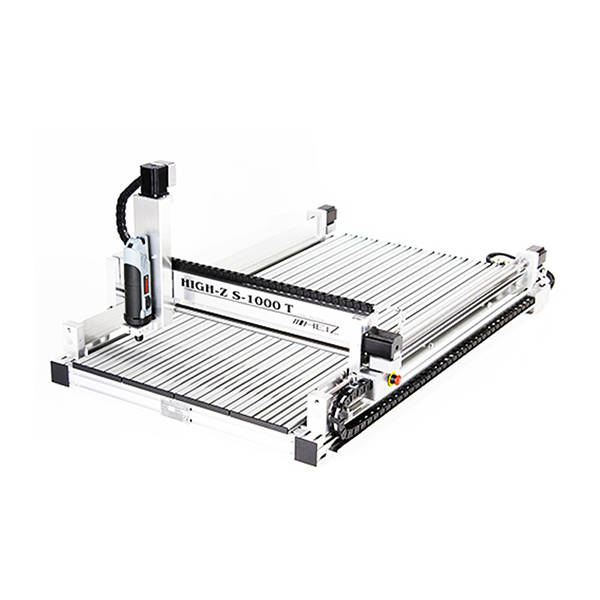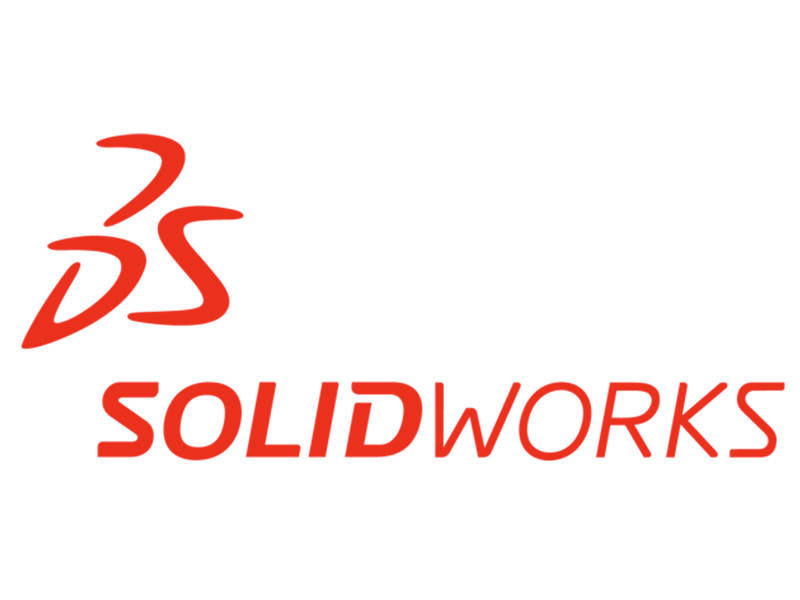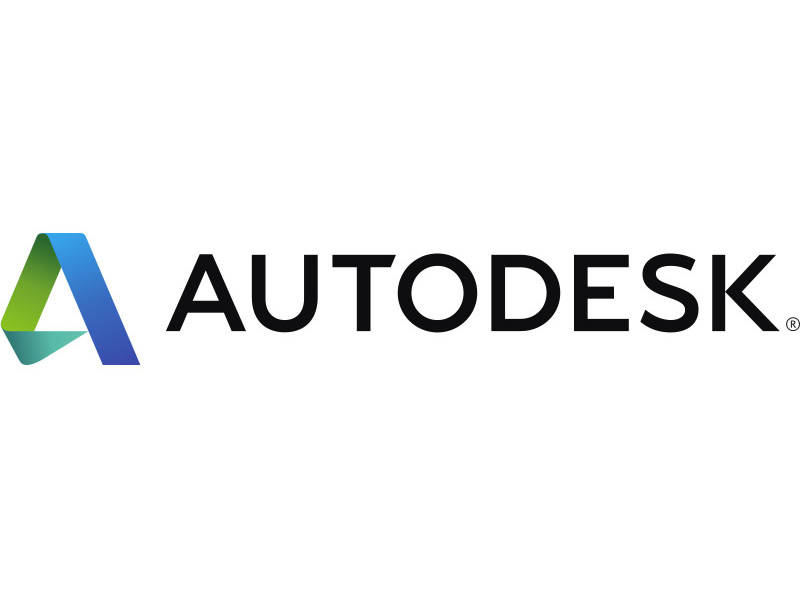The concept of Digital Design allows the decoupling between the design and mass production of a product. A product is conceived, designed and prototyped in a separate context from that in which the industrial production process is going to take place. With the gradual advent of robotic production, we expect that the boost towards outsourcing on low-wage countries is going to decrease. Manufacturing could then become a customized process, focused on the customer needs.
The digitized product
More and more products are made up of a part of a hardware and software, inseparably linked, and are networked (Internet of Things, Internet of Everything). This has the effect that an object can continue to interact with the producer even after it has been delivered to the customer, as does a smartphone, receiving updates and maintenance even months or years after purchase. This way you can build long-term relationships between producers and users, offering first previously unimaginable opportunities for customization and personalization. In summary, each user could own a unique object in terms of software configuration.
The protection of intellectual property
Digital Design allows an innovative approach to the protection of intellectual property of the products.
- Being customized for customers, the risks for the original models of being counterfeited are less severe, since the production itself enhances the uniqueness of each product.
- Being able to communicate with its producer, the items can be queried at a distance after the sale through their software functions, which means that you can develop monitoring and maintenance services on original products that are not available on the counterfeited ones.
The products market
The concept of Digital Design allows you to display products on a global marketplace, publishing their appearance, features and customizations. Through presentation technologies we can offer customers a "preview" of the digital product, for example through virtual reality with animated rendering, making it possible for the buyer to appreciate and almost touch the product first hand.
The global marketplace overcomes the boundaries of the typical local visibility of traditional making and allows manufacturers to reach distant customers, reducing language barriers through technology. The presentation of products and their marketing will benefit from social networks, that can reach a huge number of potential buyers with modest costs.
Tools
All the machines, equipment and softwares available in this area of the laboratory.
Projects
Some of the latest projects created with the tools of this area.



